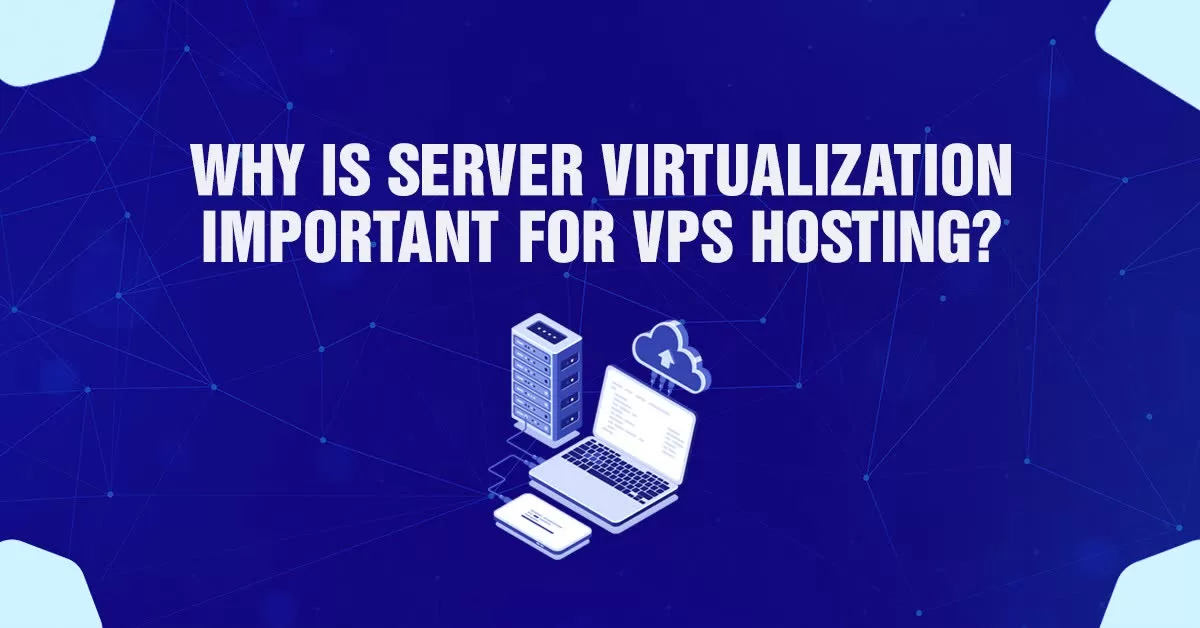Brief Overview Of Web Hosting Location And SEO
A web hosting service is a type of internet hosting service that allows individuals and organizations to make their websites accessible via the World Wide Web. Web hosts are companies that provide space on a server they own or lease for use by their clients as well as providing Internet connectivity, typically in a data centre. Web hosts can also provide data centre space and connectivity to the internet for other servers located in their data centre, called ‘colocation’, also known as ‘Housing’ in Latin America or France. This is usually done via a data centre cross-connect.
Web hosting is a service that allows individuals and organizations to post a website or web page onto the internet. A web host, or web hosting service provider, is a business that provides the technologies and services needed for the website or webpage to be viewed on the internet. Websites are hosted, or stored, on special computers called ‘servers’. When internet users want to view your website, all they need to do is type your website address, or domain, into their browser.
What Is Web Hosting Location All About?
In ranking on SEO (Search Engine Optimization), SERPs (Search Engine Results Pages) often involve using keywords, building backlinks and creating appealing content. Server location, however, is still another element that impacts SEO. The actual location of the data centre wherein your website is housed is known as the server location.
Therefore, how do the two interact? Well, to begin with, there are several elements that affect SEO results, namely site speed, which is influenced by a site’s server location. Let’s investigate this in greater detail.
Server Location Effects On the Website
Are you aware that if your website takes longer than three seconds to load, 53% of mobile consumers leave it? Substantial bounce rates result from this, which can lower the search engine ranks. Therefore, in order to guarantee website speed, the location of your server should be nearer to your intended audience.
Ask your hosting company if it is possible to allocate your site a host in the USA if, for instance, you are primarily focused in Canada but your intended audience is now in the USA. A data transfer occurs here between the web host and the site itself whenever a user wants to view a website. Additionally, there will unavoidably be latency if the server is situated far from the location of your intended audience.
As the user, why else would you endure more than a few moments for the site to open if there are others that open up more quickly? The same is true for any additional users of your website. In order to maintain the performance of your website, it is crucial to choose the physical location of your server wisely. The likelihood of a user quitting your website will be greatly decreased if you reduce the distance from the server location of your website to the audience.
Server Location Effects On Website SEO
As was already noted, a nearer server placement speeds up page load time and enhances the likelihood that users will stay on the website longer. Increased dwell time (the duration of time a visitor remains on your website continuously) and a lower bounce rate (how fast a user exists on your site) will result from this.
Google and other search engines take into account a number of location-based signals, including the user’s location, the location of the company and the location of the hosting server for the website. Since this will have a significant impact on site performance, preference will be given to the company and server location that is nearest to the user.
Crawling is another aspect that’s also impacted by delayed load time. It is a procedure through which Google locates fresh or updated websites and includes them in search results. Google will frequently crawl your website if you regularly update its content.
However, since search engine crawlers have a finite amount of time and resources, if the site gets slow, it won’t be indexed in a timely manner. Additionally, each website has its own crawl budget (i.e. the amount of time they are willing to spend and will be spending on your site in each session). When this occurs, it won’t be ranked for search engine visibility. Simply said, the location of your website’s server affects how quickly the page loads (and bounce rate and dwell time), which affects how long a user stays on the page. And both are important elements for SEO.
Finding Website Host Location
After discussing the effects of a data centre, it makes sense if you wish to host a site locally. The amount of DNS servers being acquired on the internet at a rapid rate every now and then makes it difficult to have the domain you want. Let’s say you come across a domain name you want, but it has already been registered. How can you discover the web page, the registrant’s name and other pertinent details? You can get assistance from a site checker and the Whois lookup. This frequently used tool can assist you in finding out if someone owns a domain as well as how to contact them.
Many companies decide to host their websites in a different country in order to reduce expenses or ensure good infrastructure. Both, however, fall short of the advantages of a quick website. Consequently, hosting a site locally is advised. However, selecting a particular server location is not necessary when you are aiming for users from all over the world. To speed up website loading, you can instead use a CDN (Content Delivery Network).
A global network of computers known as CDN is used to store and quickly transport content like movies and photos to website users. The primary objective of CDN is to transfer the bandwidth burden from your primary web host to a different location. This is frequently the server which is nearest to the user who is initially attempting to load your website. It speeds up the delivery of pages from your website by loading some data from the closest CDN server while the remaining content is fetched from the hosting server.
Conclusion
The importance of web hosting cannot be overstated. A website is only as good as its hosting, which is why finding a reputable and affordable hosting service is essential for any business that wants to have an online presence. A good hosting provider will offer a variety of features, including unlimited storage space, bandwidth and email accounts, as well as a free domain name and 24/7 customer support.
However, with so many web hosting providers to choose from, it can be difficult to know which one is right for your business. But this does not stop here, the location of the web host and SEO also matter and play a vital role. Now that you know the connection between them, be sure to consider them while making decisions related to web hosting.












































